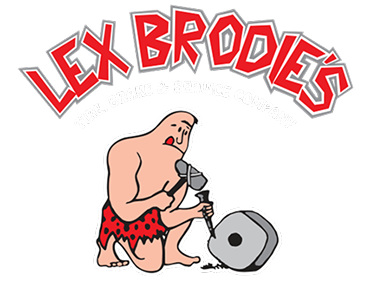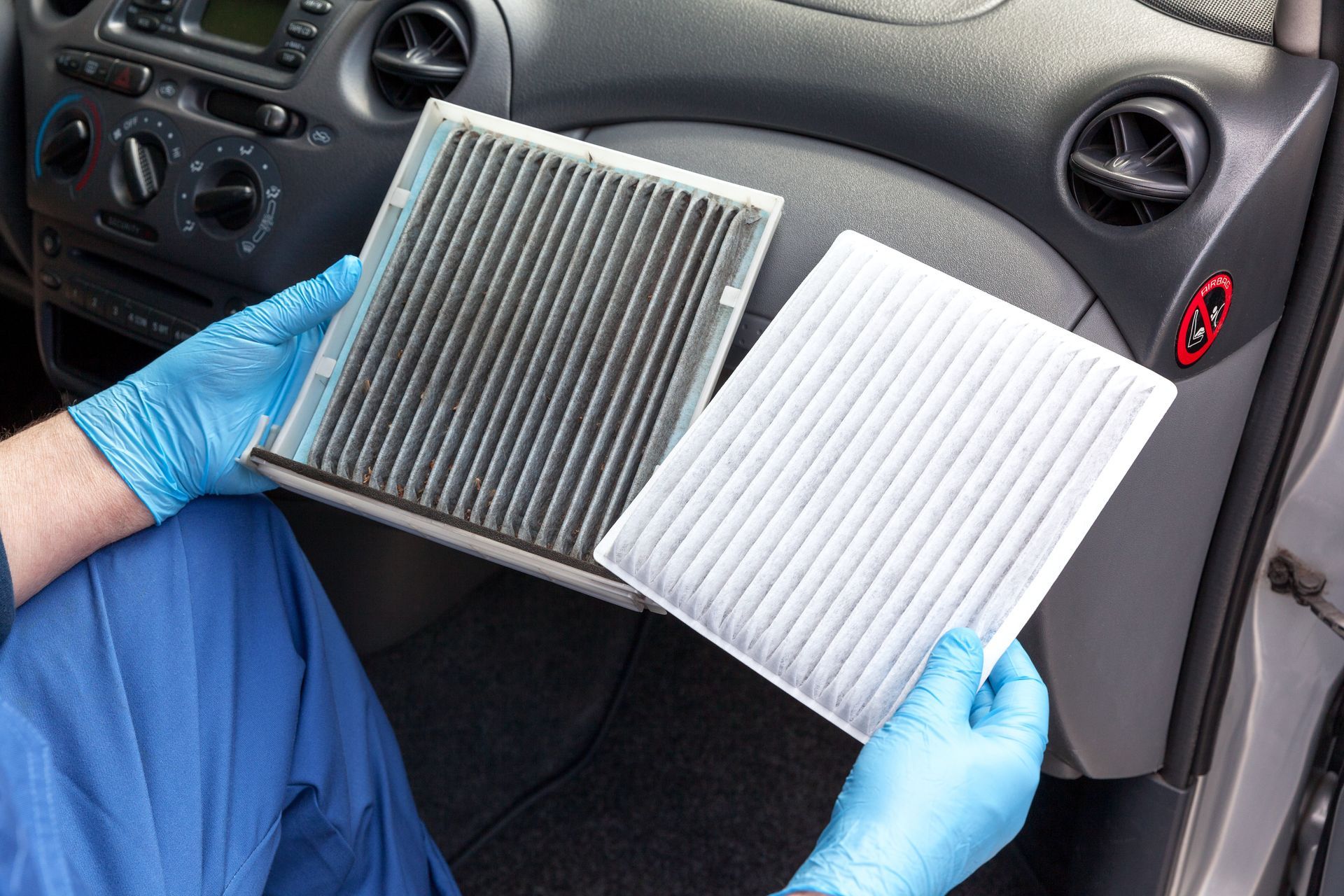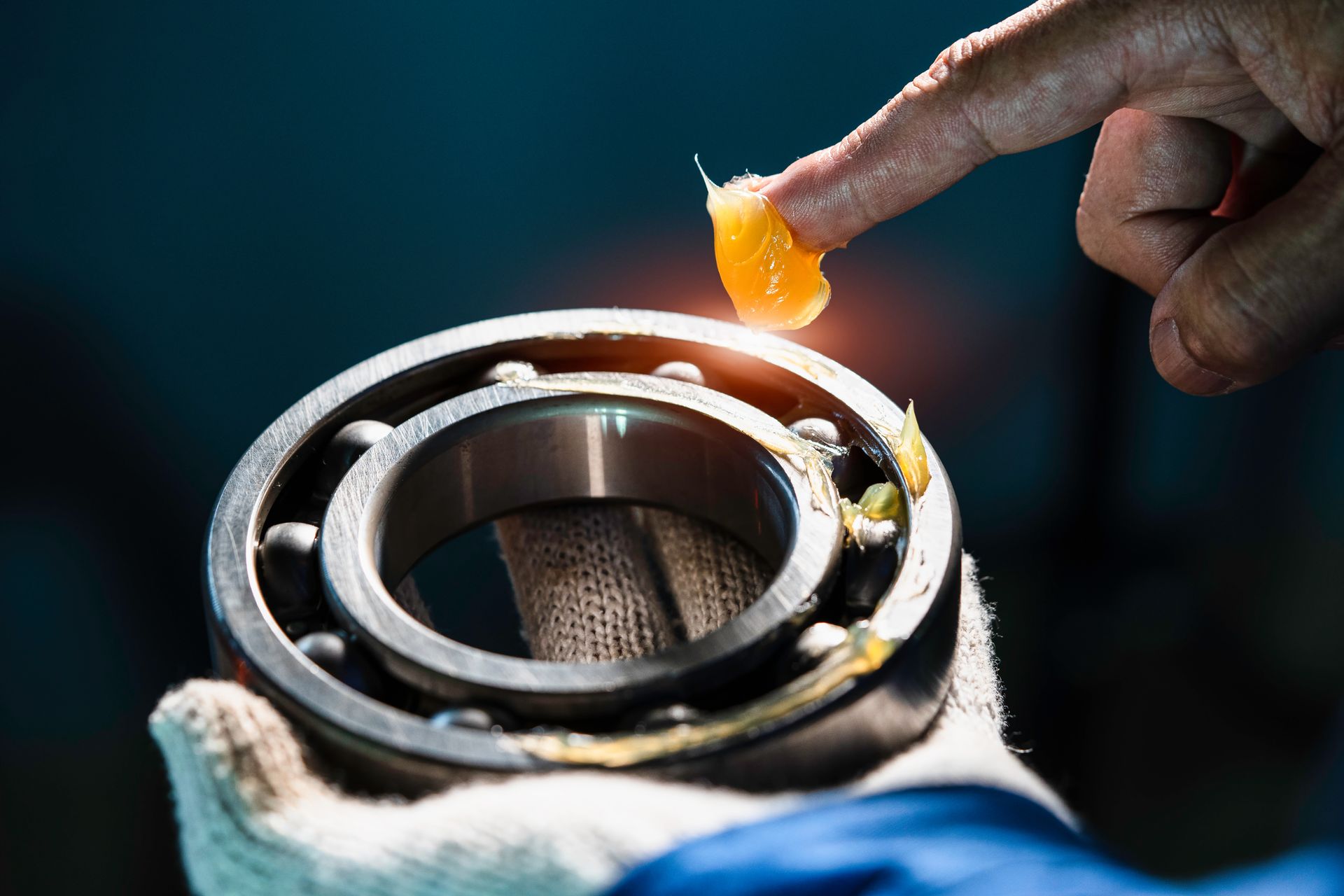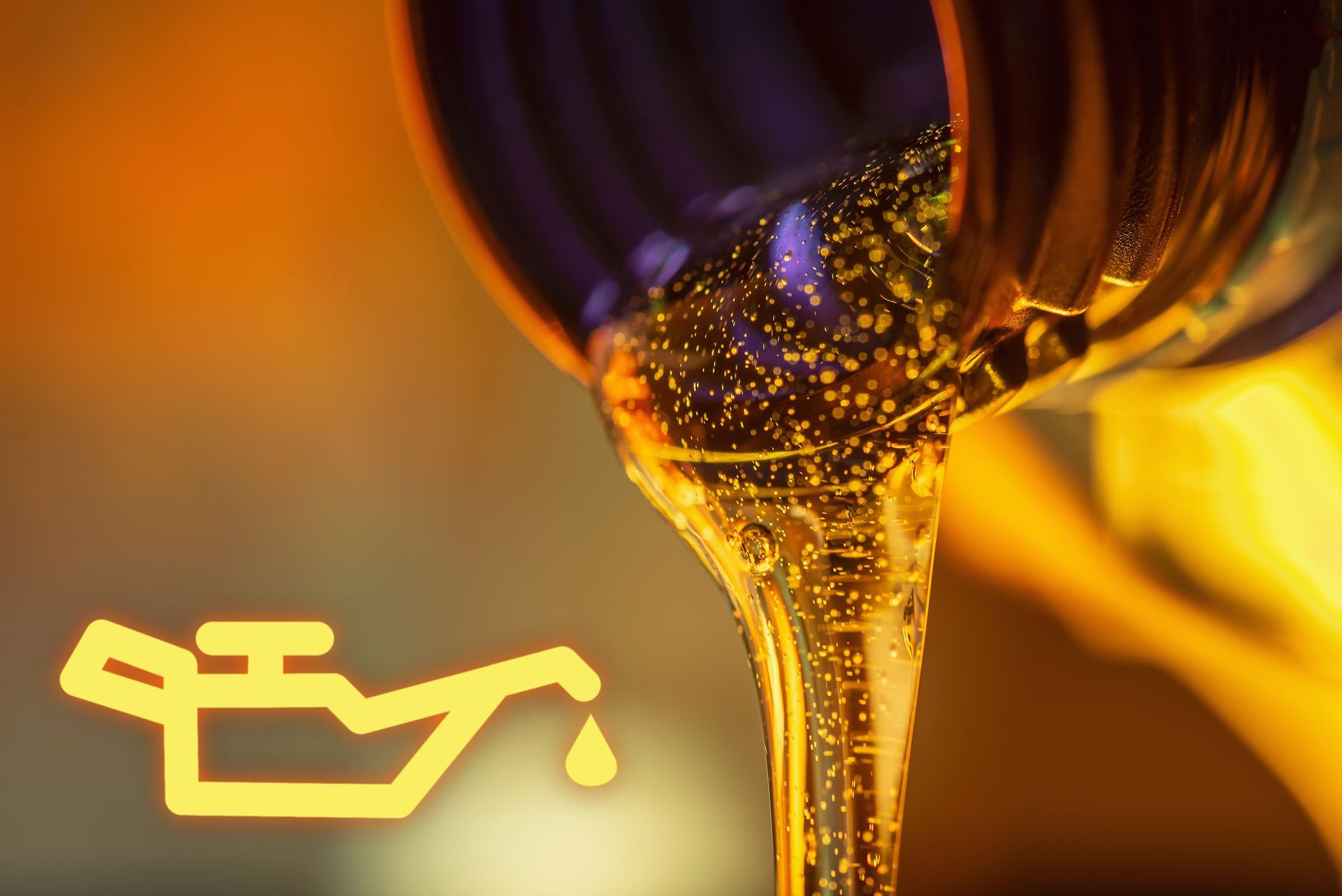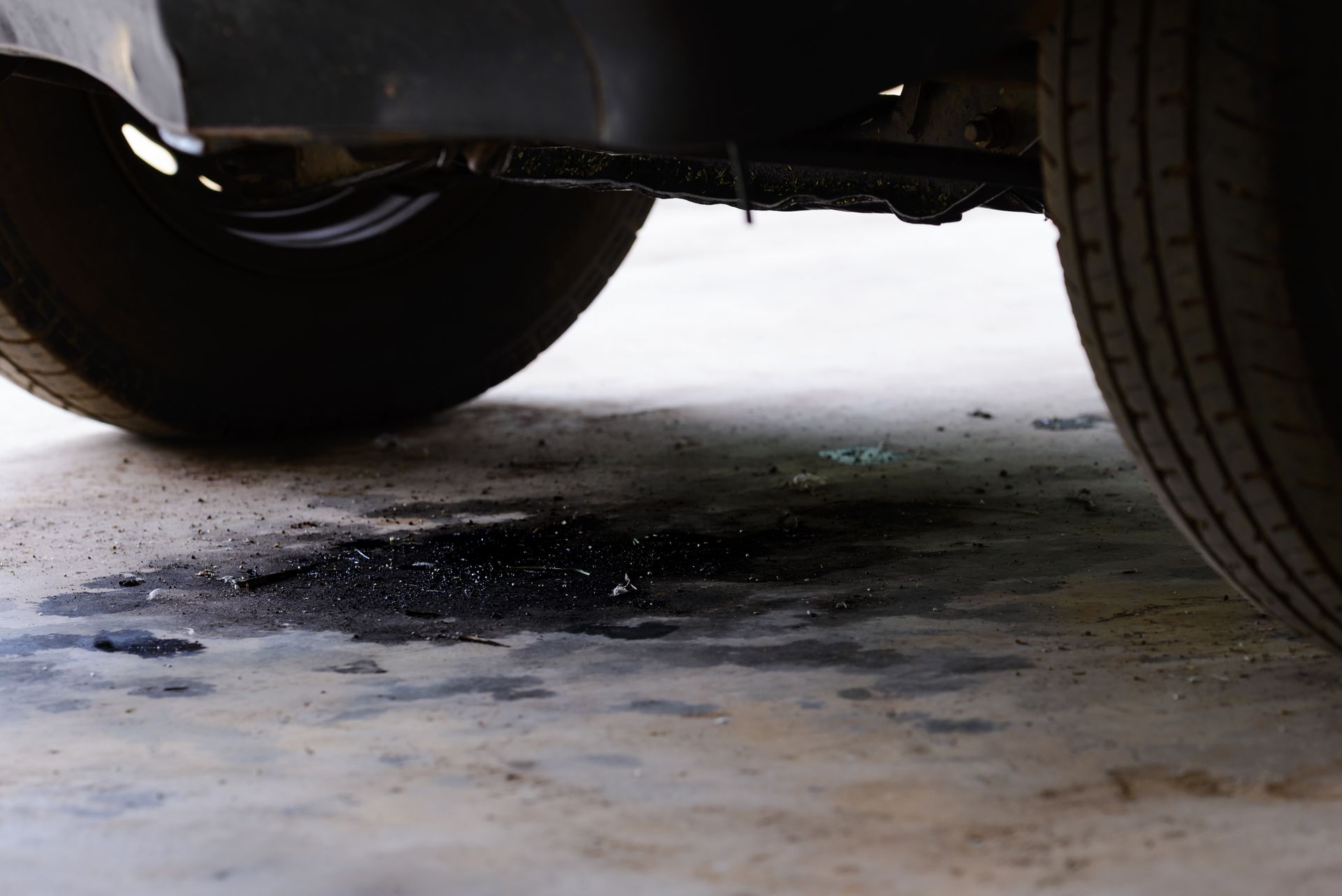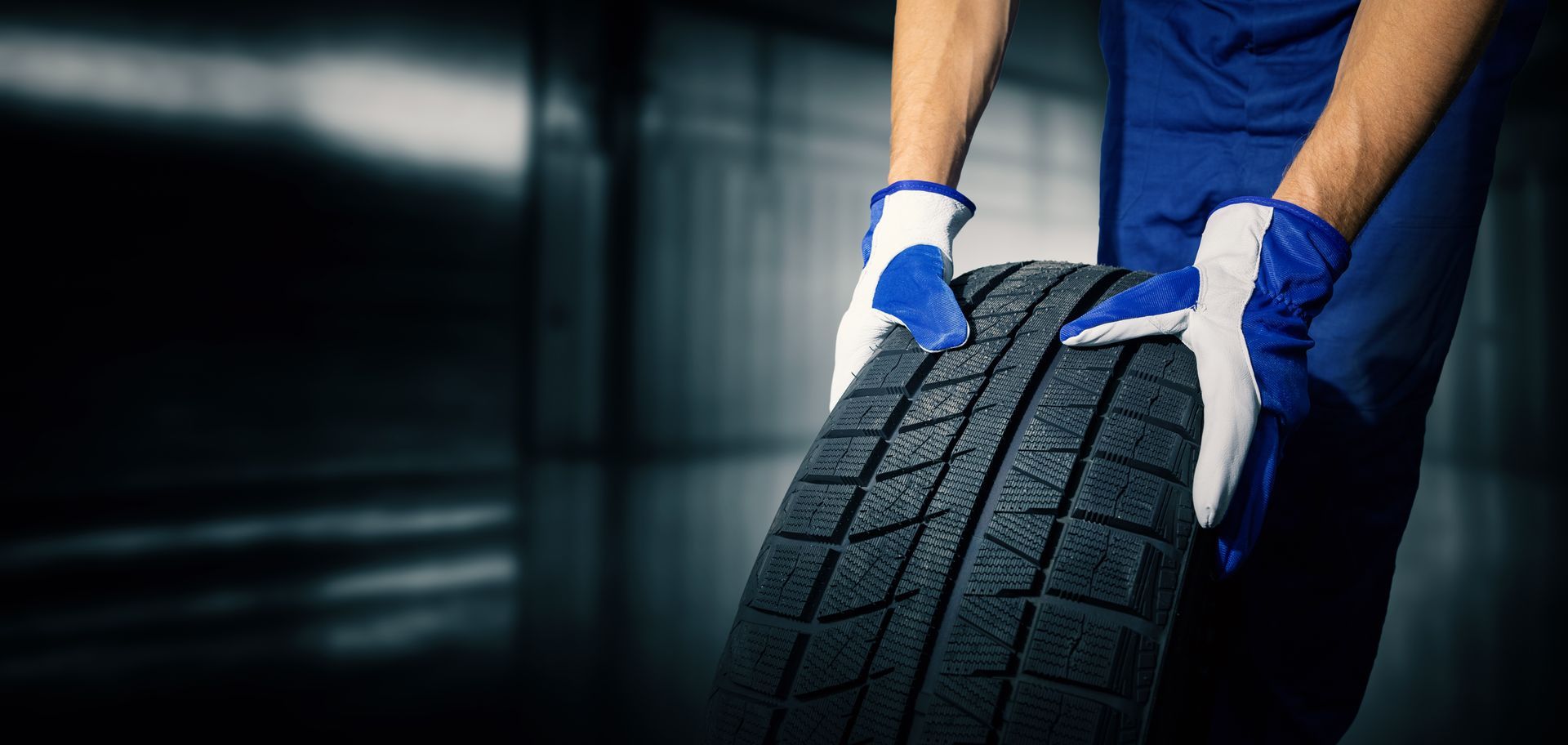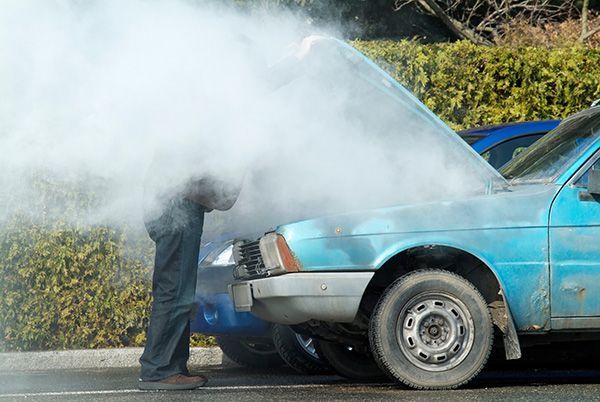Winterize your vehicle in hawaii
August 15, 2017
As winter approaches, those (on the mainland) who expect harmless little white flakes to fall from the sky, rush to winterize their cars. Those harmless little white flakes quickly gang up and wreak havoc on unprepared motorists! The roads become extremely slick and dangerous, snow and ice can even engulf their entire vehicle when they slide off the road! Snow chains, anti-freeze, ice picks, car heaters, snow tires and shovels become a few of the new automotive products they need to purchase.
Thank goodness we don’t have to fight with Jack Frost! We are even happy we don’t see Frosty! Don’t visit us… we’ll visit you Mr. Frosty!
But! We do have our own little Hawaiian Snow, RAIN! We love the water in Hawaii. We surf it, sail on it, swim in it, drink it…heck, we just like to sit and watch it sometimes. Hawaii drivers are legendary when it pertains to how well we deal with wet roads. Our driver’s like to react in extremes when it rains. We either slow down to a crawl or ignore the rain altogether and drive like we are Mad Max plowing through the Thunderdome!
Well, there actually IS a winterizing process you can perform to increase your driving safety as we enter our Hawaiian rainy season. Safe driving is commonly a marriage between vehicle safety and the driver’s mental preparation.
When it comes to your vehicle, the greatest concern to driving safely in the rain, is your tires. Most tires start out with 10 to 14/32nds of tread depth (treads are the blocks of rubber that contact the road). Normally, tire manufacturers’ design the tread patterns to perform well in both wet and dry conditions. Some tires are specialized for one or the other, but most tires on today’s roads are a happy medium. The contact patch of the tire (the part of the tire that contacts the road) is what gives you traction. The grooves, channels, and sipes in the contact patch are the pathways to push water out of the way.
The major concern, while driving in wet weather, is hydroplaning. Hydroplaning happens when the contact patch of the tire starts to surf… sorry, starts to lift away from the road. This happens when the water pushed into the contact patch flows quicker then the water pushed out of the contact patch. Essentially, a layer of water creates a barrier between the road and your tires. If your tires hydroplane you can lose control of your vehicle. If you ever experience hydroplaning, activate your hazard lights, avoid braking or accelerating while gripping the steering wheel filmy, steering where you want to go while checking your rear view mirror. Soon your tires should return in contact with the road and with skill and luck, you will have avoided an accident.
But, let’s not go there. To prevent hydroplaning; practice proper tire maintenance and while learning how to drive to avoid hydroplaning.
Reducing your speed, when it’s raining, is key to prevent hydroplaning. This usually isn’t a problem in Hawaii with our rush hour traffic but, if you find yourself on open roads while it’s raining, you should slow down.
Follow the 3 second rule when driving, especially in the rain. If you are following another vehicle; watch when it passes a land mark, then count 1001, 1002, 1003. . . If you reached the land mark before the count of 1003, you are trailing too close and you need to slow down. When driving down hill, an even bigger gap is recommended.
Maintaining proper air pressure helps prevent hydroplaning. A tire with low air pressure will not be able to hold its contact patch to the road as designed. Tires that are under inflated will hydroplane about 10mph earlier then if they were properly inflated. Most automotive tires start to hydroplane around 42 mph.
Inspect your tires! Tires that are worn near the minimum tread depth of 2/32nds will not be able to push water away from the tires very well. You should not wait until the tires get down to 2/32nds. If you do you, are increasing your risk of hydroplaning.
If there is a tread depth difference of 2/32nds or more, you should rotate the better tires to the rear. It is always preferred that the tires on the same axle are the same age and wear. If you have the more worn tires on the rear, then they can hydroplane before the front tire which can allow the rear to swing around – out of control!
Tire rotation can be a catch 22. Tire manufacturers recommend rotating their tires to maintain their tire mileage warranties and to help your tires wear in a smooth and even pattern. (Front tires normally wear much quicker then the rear tires.) But, if you go to rotate your tires and your front tires are worn 3/32nd more than the rear . . . it’s recommended by tire manufacturers, that you leave the better tires on the rear! Thus you wouldn’t rotate your tires except for going left to right (this is not possible with directional tires). But, this will void your tires mileage warranty. So, what to do?
Tire manufacturers stress keeping the better tires in the rear. We recommend that this should always be the goal, but you (the tires owner) need to make the decision about your course of action. We will still recommend rotating tires with in 2/32nds to 3/32nds tread varience front to back, during the dry season, to help insure the most even wear among your 4 tires. There is no law that says the deeper tread tires must go in the back. It’s your decision.
Lex Brodie’s Tire Company recommends that the better tires should go to the rear of your vehicle during our rainy season, regardless of warranty concerns . . . safety first! Then if you choose, you can rotate your tires during our relatively drier driving seasons to extend you tires mileage and wear.
Please leave surfing as an ocean sport... proper maintenance and smart driving will help keep your feet (tires) on the ground. Your other major winterization concerns in Hawaii are your wiper blades and your battery.
Cleaning your windows and replacing your old wiper blades can make a huge difference on your visibility while driving. We recommend replacing the wiper arm and blade assembly as one. It runs a little more but; but they are easier to replace and normally work better and look better. You can expect to pay $8 to $15, on average, for each new windshield wipers arm installed.
Engine batteries don’t hold up well in constant heat. And when there is a noticeable climate change, engine batteries commonly act up. It’s always a good idea to have your battery inspected once it reaches 2 years of age. Battery and full charge system inspections can run $25.00.
Drive safe and with aloha!



